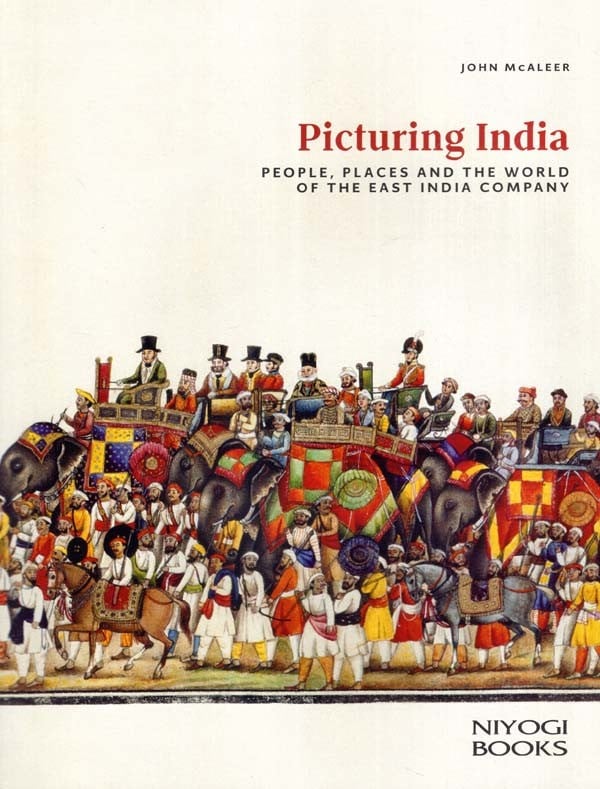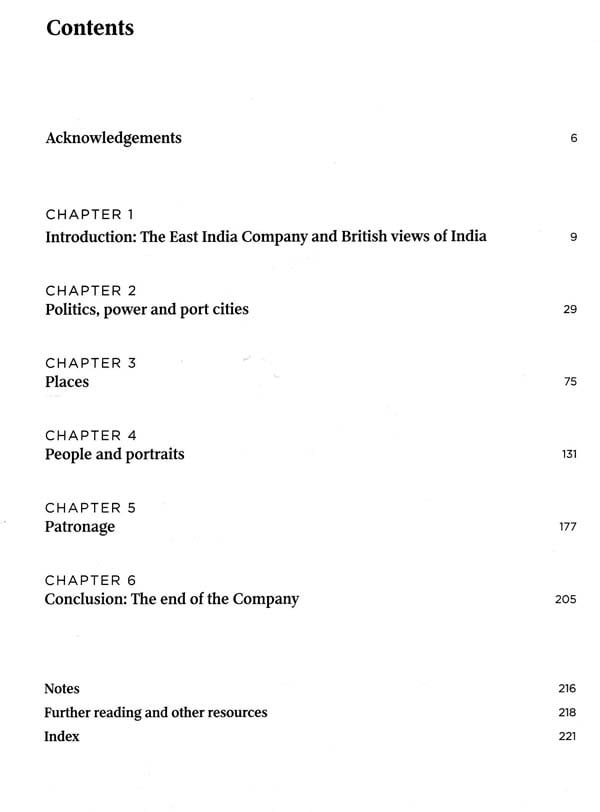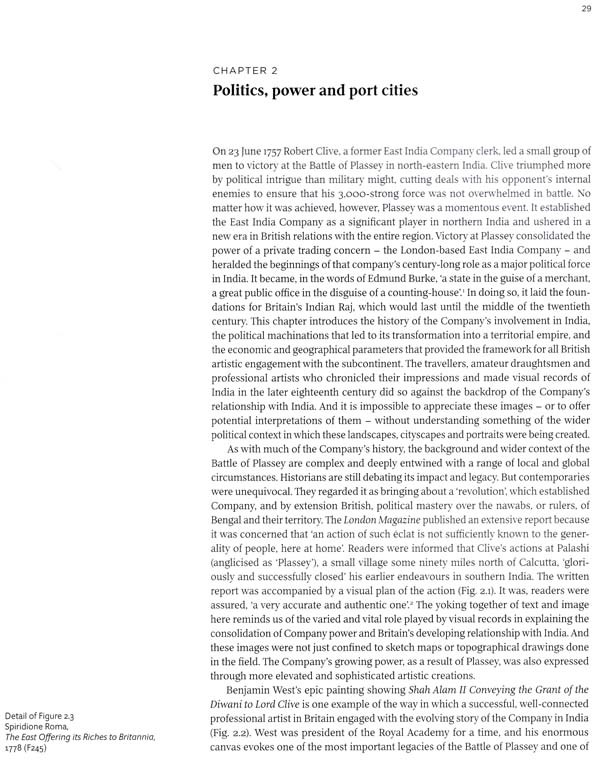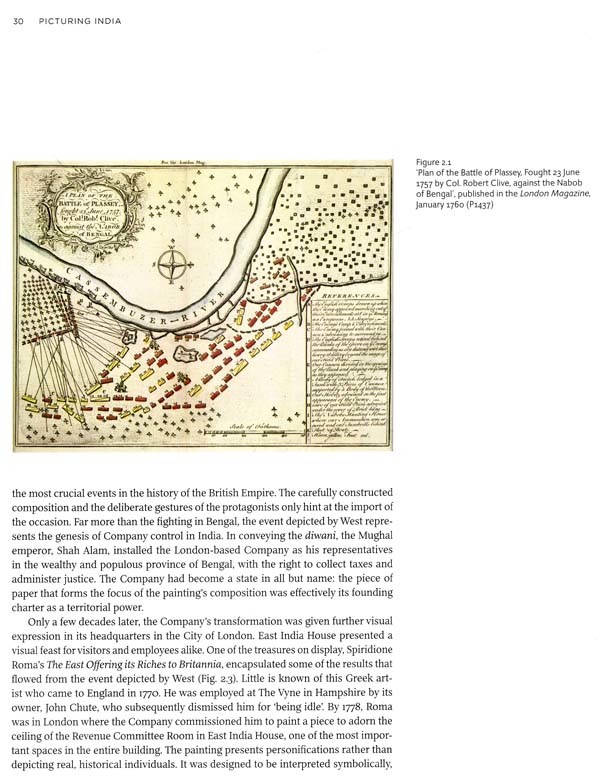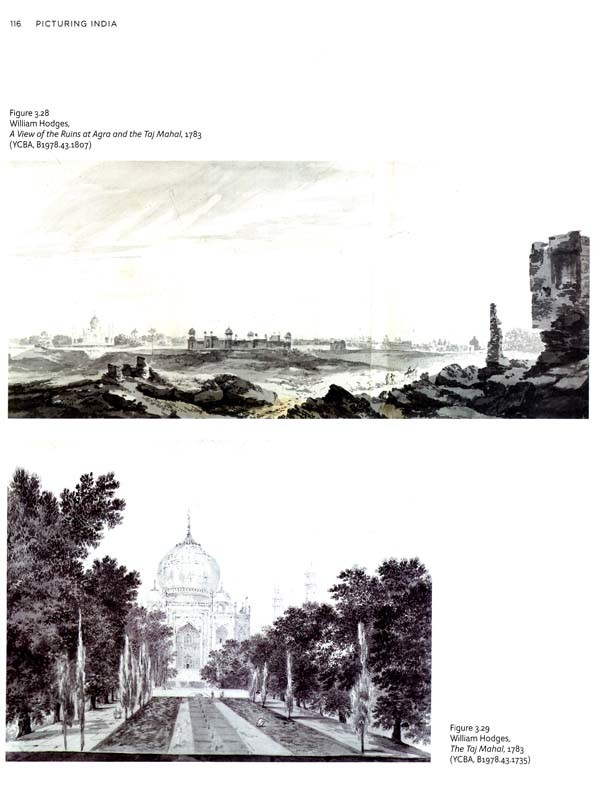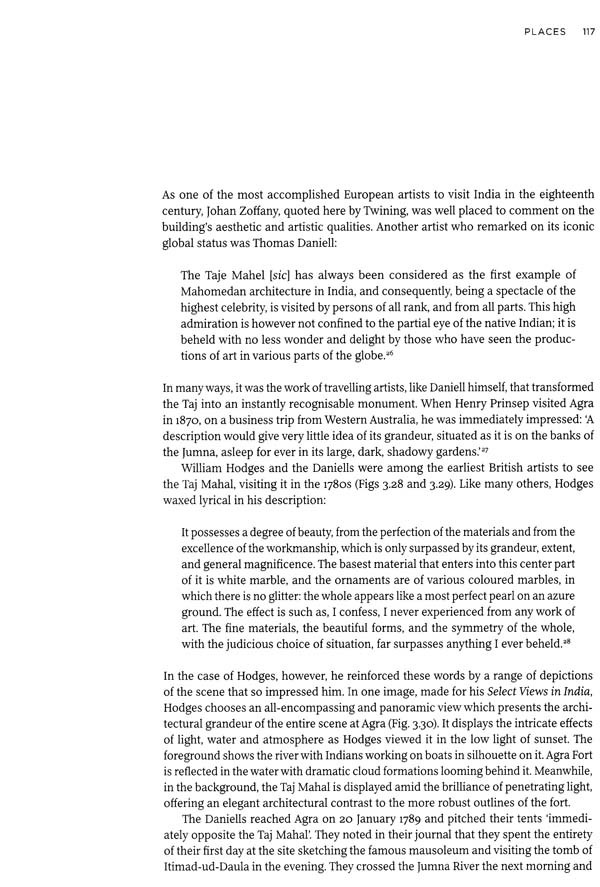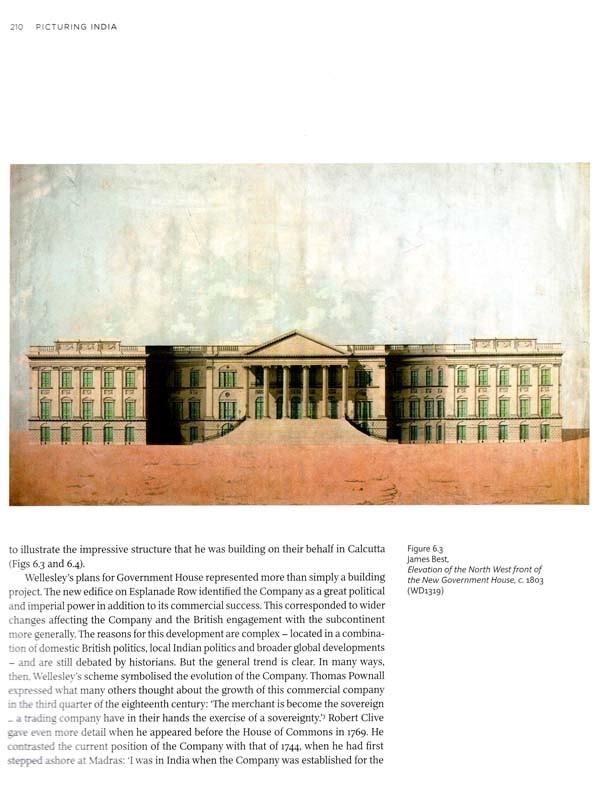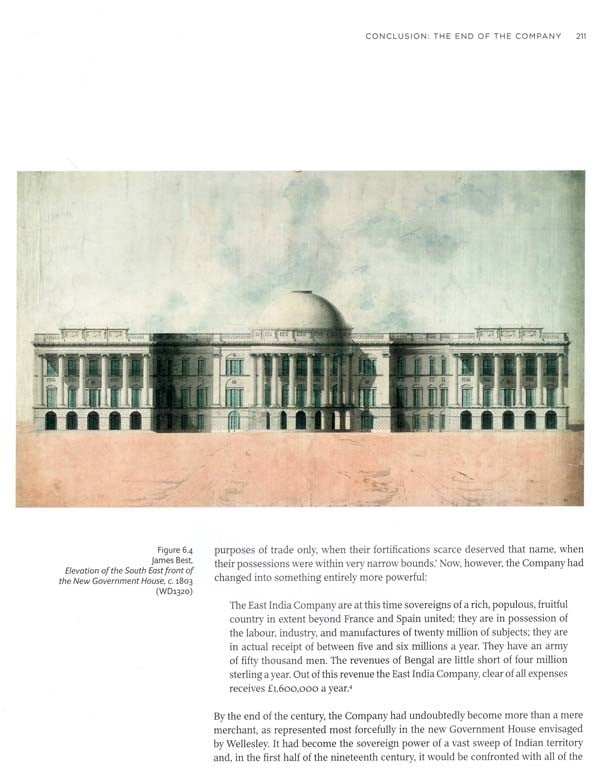
Picturing India- People Places and the World of the East India Company
Book Specification
| Item Code: | AZE825 |
| Author: | John M Caleer |
| Publisher: | NIYOGI BOOKS |
| Language: | ENGLISH |
| Edition: | 2017 |
| ISBN: | 9788193393543 |
| Pages: | 224 (Throughout Color Illustrations) |
| Cover: | HARDCOVER |
| Other Details | 12.00x9.50 inch |
| Weight | 1.18 kg |
Book Description
Few historians have considered the visual sources that survive and what they tell us about the link between images and empire. pictures and power. This book draws on the unrivalled riches of the British Library-both visual and textual- to tell that history. It weaves together the story of individual images, their creators, and the people and events they depict. And, in doing so, it presents a detailed picture of the Company and its complex relationship with India, its people and cultures.
important role in British political and economic life in the second half of the eighteenth century. This relationship between Britain and India was complex and had its roots in the activities of a London-based trading company. The 'Company of Merchants of London, trading to the East Indies-usually abbreviated as East India -controlled British trade with Asia from its foundation in 1600 until the nineteenth and was once described as the wealthiest and most powerful commercial century corporation of ancient or modern times. Any examination of Britain's relationship with India must take account of this extraordinary organization. By the time working, the Company had become a powerful economic and political player there. And its influence was felt not just in Asia. The Company's commercial, political and military activities altered the way politicians and merchants in Britain thought the wider world. Ultimately, it helped to lay the foundations of the British Raj. American colonies and Caribbean islands had once captured the British imagination, the commercial possibilities offered by the Indian subcontinent increasingly occupied the British politicians, merchants and travelers as the eighteenth century neared its But the intimate connection, as Hodges termed it, between India and Britain was not just a commercial or political one. It was also an one. torian P. J. Marshall reminds us that the British encounter with India 'prolonged and intense, and that it was concerned with cultural exchange as well as commercial Endeavour and exploitation:
Even by 1800, thousands of Englishmen had been to India, a huge flow of trade had developed (including the import of artifacts of high artistic quality), many books about India had been published in Britain and visual representations of India and Indians were being widely reproduced.
Ames Rennell's much reprinted Memoir of a Map of Hindustan, which first appeared in 1783 offers visual evidence of this (Fig. 1.2). It gave the public in Britain an image of in which, as Rennell put it. 'no considerable blanks' remained. It was a time, in their words, in which Europeans attempted to fill the linguistic, cultural and visual gape in their knowledge of India. Images played a crucial part in this process. The a variety of the subcontinent presented so many valuable subjects for the painter' that it attracted a host of artists and travelers keen to record, depict and bear witness.
**Contents and Sample Pages**
